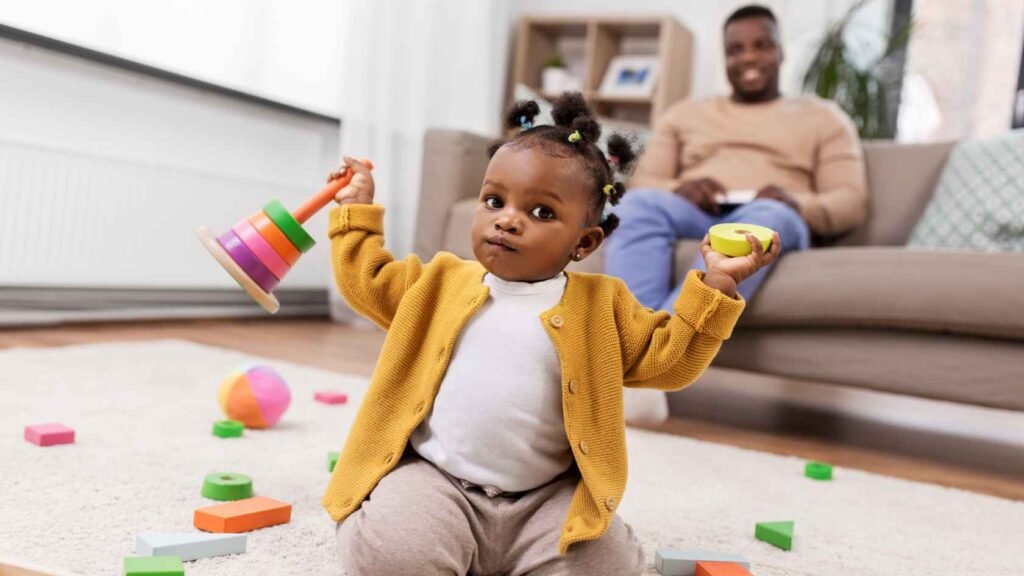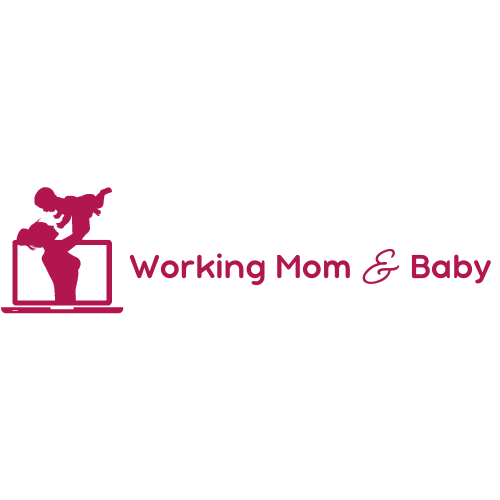Balancing work, family, and play can be tough, especially with an energetic 3-year-old.
Encouraging your child to play independently can be a game-changer. Independent play gives your child valuable learning. It also lets you focus on your tasks.
But how long should a 3-year-old play alone?
Is independent play beneficial, or even safe, at this age?
This article will answer these questions, along with tips and ideas for age-appropriate activities.
Related Reading: How to Keep Toddlers Busy While Working from Home?
How Long Should a 3-Year-Old Play Independently?
On average, a 3-year-old can comfortably play alone for 20 to 30 minutes. It may vary based on their personality, interests, and experience with playing alone.
Independent play times may be shorter at first, especially if this is new for your child. But will likely increase as they get used to it.
Is It Okay for 3-Year-Olds to Play Alone?
Yes, it’s not only okay but highly beneficial for 3-year-olds to spend time playing alone.
Here are the benefits of independent play:
Foster Creativity
Without guidance, children invent their own games and stories, building creative thinking skills.
Develop Problem-Solving Skills
Solo play helps children think through challenges and develop patience.
Improve Self-Confidence
Learning to entertain themselves shows children that they are capable and resourceful.
Improve Focus and Concentration
Independent play helps children focus on tasks for longer periode. It’s a key skill for being ready for school.
That said, independent play doesn’t necessarily mean unsupervised play. For safety, especially at age 3, it’s a good idea to check in frequently. You need to ensure they’re in a safe, child-proofed area.
Related Reading: You Should Know How Independent Play for Toddlers Can Help Your Busy Day!
Teaching a 3-Year-Old to Play Independently

If your child is used to playing with you or being entertained by others, they may need some guidance to play alone.
Here’s how to get started:
1. Start Small
Begin with just a few minutes of solo play and gradually add time as they become more comfortable.
You could set a timer to let them know that independent play will last until the timer goes off.
2. Set Up a Safe, Engaging Play Area
A dedicated play space with a few engaging toys can help them feel secure and focused.
Rotate toys every few days to keep things fresh and exciting.
3. Encourage Self-Directed Play
Suggest activities that don’t need constant instruction. It can be like building blocks, puzzles, or pretend play items.
Allow your child to take the lead and explore without interruption.
4. Praise Their Efforts
When they successfully play alone, let them know you’re proud. Positive reinforcement will help build their confidence in playing solo.
5. Be Nearby but Uninvolved
If your child is hesitant, sit nearby without actively engaging in their play.
Your presence offers comfort while they build independence.
Related Reading: Quiet Time with Toddlers—The Parenting Hack For Working Parents
Independent Play Ideas and Toys for 3-Year-Olds
The right toys and activities make independent play more engaging and fun.
Here are some great options that are ideal for 3-year-olds:
Building Blocks and Stackable Toys
Simple blocks encourage creativity and motor skill development. It keeps kids busy with endless stacking and arranging possibilities.
Pretend Play Sets

Toy kitchens, toolkits, and doctor sets let kids explore make-believe scenarios. These sets allow them to create their own worlds and engage in storytelling.
Art Supplies
Crayons, washable markers, coloring books, and stickers are perfect for quiet, creative time. Just be sure the materials are safe and mess-proof.
Books and Story Cards
Storybooks or picture cards encourage solo exploration. Some kids enjoy flipping through books. They can create their own stories based on the pictures.
Animal Figures or Dollhouses
Figurines and dollhouses are perfect for role-playing and storytelling. Kids can create imaginary scenarios. This builds social skills and empathy, even in solo play.
Puzzles and Shape Sorters
Age-appropriate puzzles or shape sorters keep kids engaged. These activities also help build problem-solving skills and hand-eye coordination.
Related Reading: Quiet Time Ideas for Toddlers You’ll Wish You Knew Sooner
Should Parents Play with Their 3-Year-Old All the Time?
While spending time with your child is important, you don’t need to play with them constantly.
Quality is more important than quantity. A few focused, interactive moments can be more valuable than constant involvement.
Aim for 15 to 30 minutes of engaged play with your child daily. Focusing on activities they enjoy, whether that’s reading a book together or doing a quick puzzle.
By balancing independent play with some interaction, you’re encouraging them to build skills. At the same time, you can also ensure that they feel connected to you.
How Much Independent Play Is Too Much?

Independent play is beneficial, but there is a balance.
It’s important for children to have social play, interaction with adults, and family time.
Here are some signs that too much independent play may be a concern:
Start Withdrawing from Social Interaction
If your child avoids family activities or group play, encourage more interactive play.
Low Engagement in Social
Children who seem uninterested in social interactions may benefit from more time spent with parents or peers.
Behavioral Changes
If they become overly focused on solo activities to the point of irritability or isolation, they may need more social connections.
Support Your Child’s Independence and Growth
Independent play helps your child explore their world. It builds confidence and teaches skills. At the same time, it gives you a chance to catch up on other tasks.
It’s okay to let your child play alone and to gradually increase their solo play time as they grow. You can help your 3-year-old thrive in independent play. Offer encouragement and engaging toys.
What are your go-to activities for independent play? Share your thoughts in the comments below.
Be sure to check out other articles on workingmomandbaby.com for more tips on parenting and child development!

